Every year, as Eid-ul-Fitr and Eid-ul-Adha approach, the Muslim world braces for a familiar and often divisive debate—the sighting of the crescent moon. The confirmation of the moon sighting marks the beginning of the new lunar month, determining the day of celebration. However, the controversy surrounding moon sightings has long been a point of contention, with religious leaders, astronomers, and communities often disagreeing.
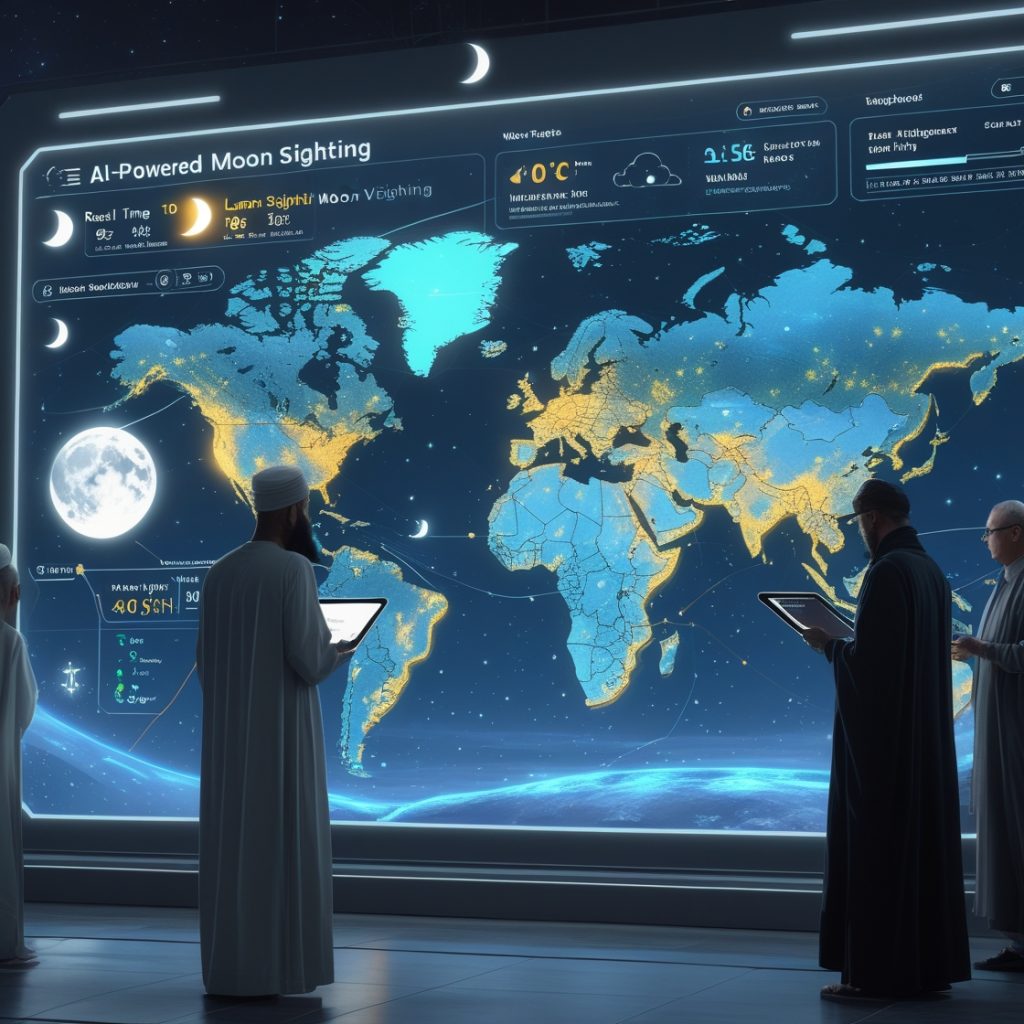
Some nations rely on scientific astronomical calculations to declare Eid in advance, while others adhere strictly to physical moon sightings, often leading to differences in observance dates across regions. This divide frequently stirs confusion, with some communities celebrating on different days, even within the same country.
In this age of technological innovation, artificial intelligence (AI) offers a promising solution to this annual conflict. With its ability to analyze astronomical data, enhance moon visibility, and provide real-time verification, AI could pave the way for a more consistent and globally accepted moon sighting system.
The Root of the Controversy: Science vs. Tradition
The moon sighting debate stems from the difference in interpreting the Shariah principle of moon sighting. According to Islamic tradition, the beginning of a new lunar month is determined by the visible crescent moon. The Prophet Muhammad (peace be upon him) advised, “Fast when you see the moon and break your fast when you see it” (Sahih al-Bukhari).
However, physical moon sightings are often hampered by:
- Weather conditions (cloud cover, haze, humidity).
- Light pollution in urban areas.
- Atmospheric distortions reducing visibility.
On the other hand, scientific astronomical calculations can precisely predict when the moon will be visible, but some religious scholars argue that relying on astronomical predictions alone contradicts the traditional physical sighting practice.
How AI Can Resolve the Moon Sighting Debate
AI introduces a compelling solution by bridging scientific accuracy with religious tradition. Through advanced technology, AI can:
- Enhance moon visibility with image processing algorithms.
- Accurately predict the moon’s visibility with weather and astronomical data.
- Standardize the sighting process by creating a centralized, globally accessible platform.
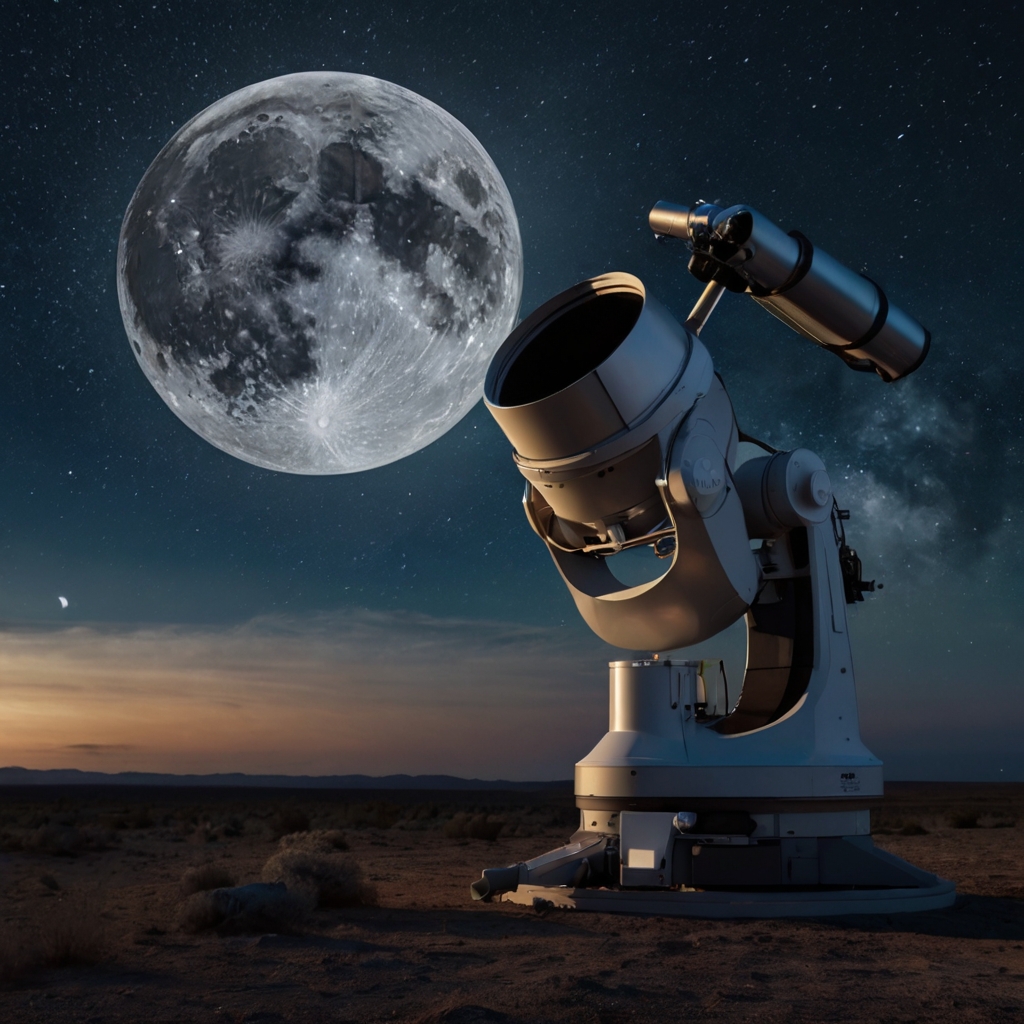
1. AI-Powered Lunar Prediction Models
AI’s ability to analyze vast datasets makes it ideal for accurate moon visibility forecasting. By integrating:
- Astronomical data (lunar cycle, moon phase, and illumination percentage).
- Weather conditions (cloud coverage, humidity, and visibility factors).
- Geographic location data (altitude, longitude, and viewing angle).
AI models can precisely predict when and where the moon will be visible. Unlike traditional prediction models, AI uses machine learning algorithms to improve accuracy over time by learning from historical moon sighting data.
🔹 Real-World Application:
AI-powered tools like Timeanddate.com and Moonsighting.com already provide advanced astronomical predictions, but they rely primarily on static models. AI can dynamically analyze real-time conditions to enhance accuracy.
2. AI-Enhanced Optical Moon Detection
One of the most significant limitations of physical moon sightings is human error and limited visibility. AI-powered optical systems, integrated with:
- High-resolution telescopes
- Computer vision algorithms
- Noise-filtering technology
can significantly improve the accuracy of moon detection.
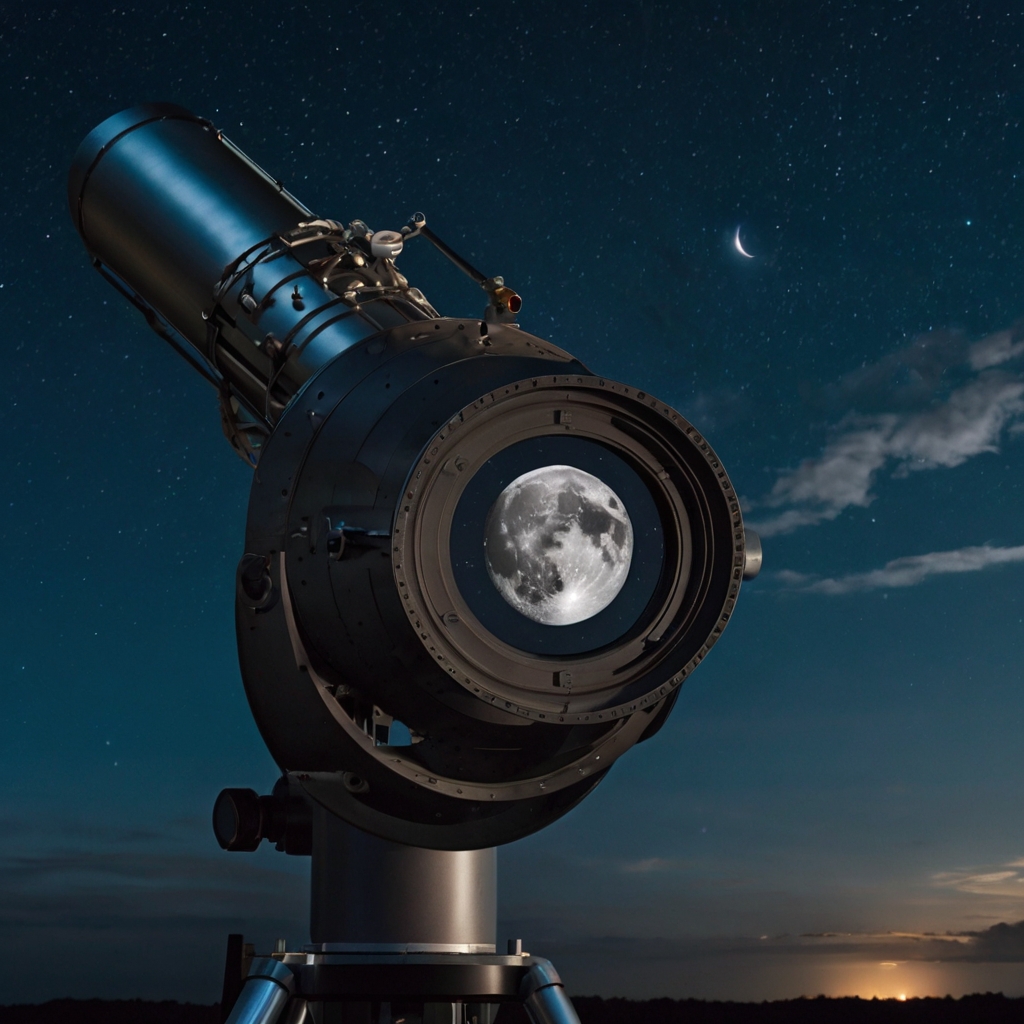
Even in cloudy or hazy conditions, AI can:
- Enhance moon images by removing atmospheric distortions.
- Detect the thin crescent moon even when it is barely visible to the naked eye.
🔹 Example:
NASA already uses AI image enhancement to detect faint objects in space. Applying similar technology to moon sightings would allow for reliable detection regardless of weather conditions.
3. Global Standardization with AI-Powered Platforms
One of the biggest issues is the lack of global synchronization for moon sightings. Different countries often rely on local sightings, resulting in different Eid dates.
AI can create a centralized, real-time moon sighting platform that:
- Collects data from global observatories, telescopes, and satellites.
- Utilizes crowdsourced images from citizens, verifying them through AI-powered authentication.
- Uses geospatial analysis to map the moon’s visibility globally.
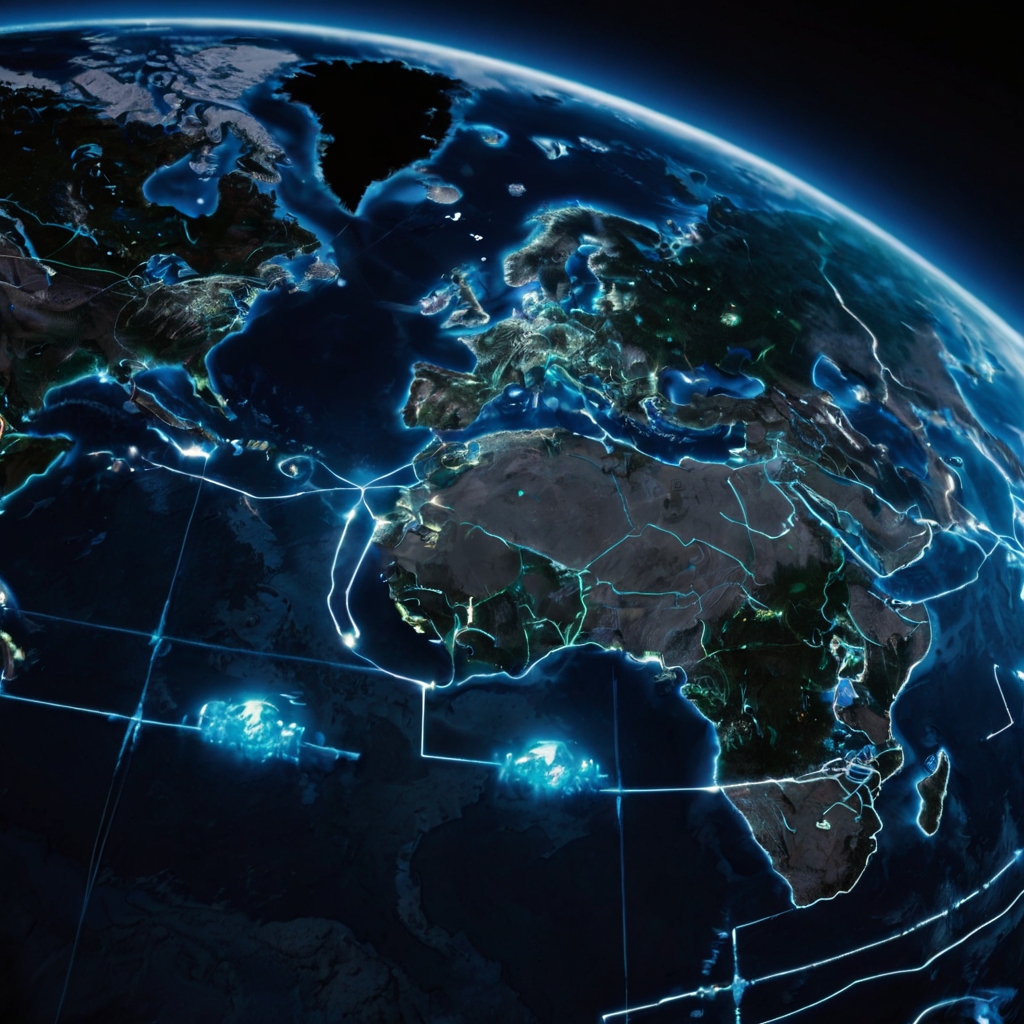
This would allow religious authorities worldwide to access a consistent, verified moon sighting report, promoting unity in Eid observance.
4. AI-Backed Verification and Real-Time Live Streaming
To eliminate disputes, AI can be used to:
- Live-stream authenticated moon sightings from multiple regions.
- Utilize AI algorithms to verify whether the crescent moon is visible in the images.
- Provide a transparent, real-time visual confirmation accessible to religious scholars and the public.
🔹 Example:
An AI-driven global moon-sighting platform could offer:
- Live video feeds from observatories worldwide.
- Real-time AI validation of the moon’s presence.
- A public database of verified sightings, enhancing transparency and trust.
- 5. AI-Powered Fatwa and Religious Ruling Assistance
Another layer of complexity arises from divergent religious opinions on moon sighting methods. AI can assist Islamic scholars by:
- Analyzing jurisprudential texts from multiple schools of thought.
- Highlighting consensus and variations regarding moon sighting criteria.
- Offering comparative insights to inform unified fatwas.
By streamlining Shariah-based reasoning with scientific accuracy, AI could help bridge the gap between scientific advancements and religious principles.
The Future: A Unified AI Moon-Sighting App
Imagine a comprehensive AI-powered moon sighting app available to the public, religious authorities, and astronomers. This app could:
- Predict the moon’s visibility using AI lunar models.
- Offer live-streamed, authenticated moon sightings.
- Use AR and VR features to simulate the moon’s appearance in real-time.
- Provide automatic notifications about confirmed sightings.
Such an app would standardize moon sightings globally, reducing disputes and promoting unity across the Muslim world.
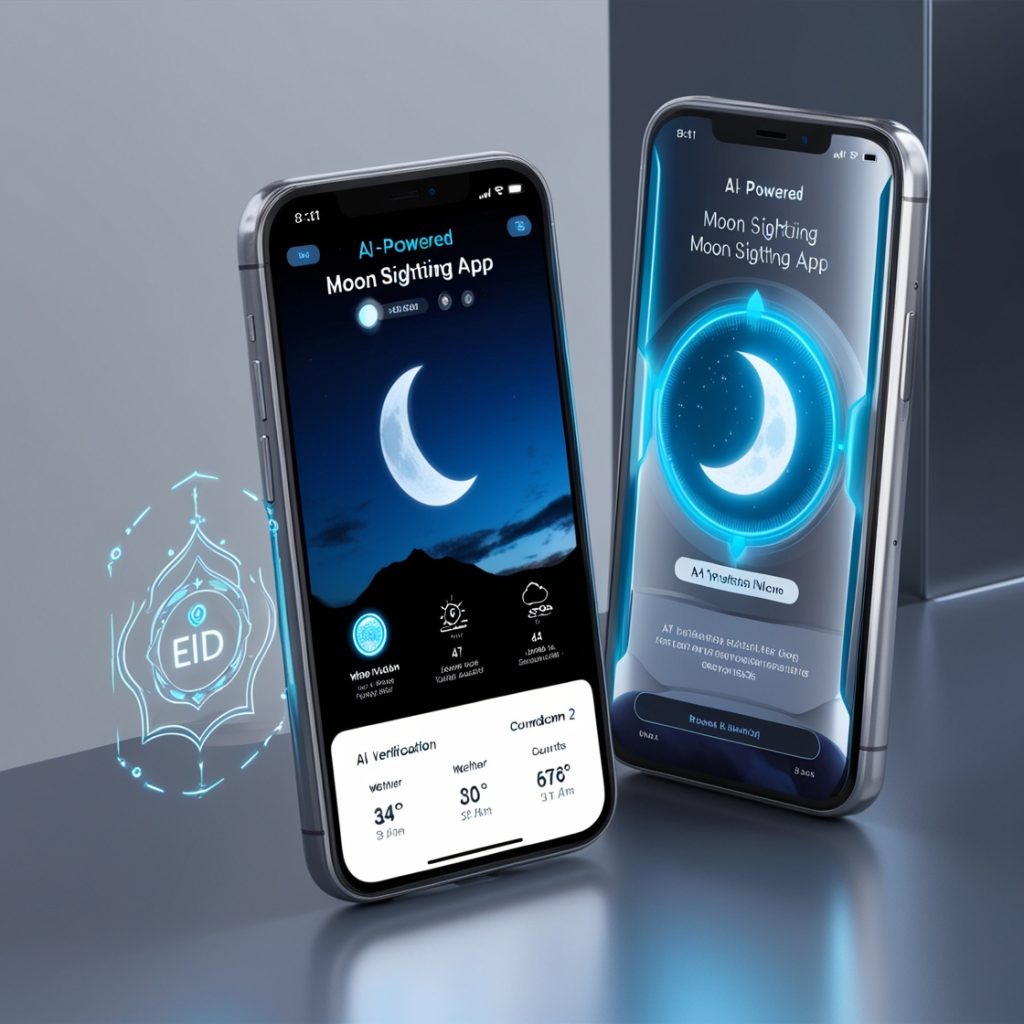
Challenges and Considerations
While AI offers remarkable solutions, its integration into moon sighting requires:
- Religious acceptance: Ensuring that AI predictions and digital verifications are recognized by religious authorities.
- Data accuracy: Maintaining consistent and reliable data across observatories.
- Accessibility: Ensuring the platform is available in multiple languages and regions.
AI – The Future of Moon Sighting
The annual Eid moon sighting controversy may soon become a thing of the past, thanks to AI. By combining scientific precision with religious principles, AI offers a transparent, accurate, and globally synchronized solution.
An AI-powered moon sighting platform would:
- Enhance visibility accuracy with image processing.
- Enable real-time verification through global live streams.
- Promote unity by offering a centralized, accessible, and trustworthy solution.
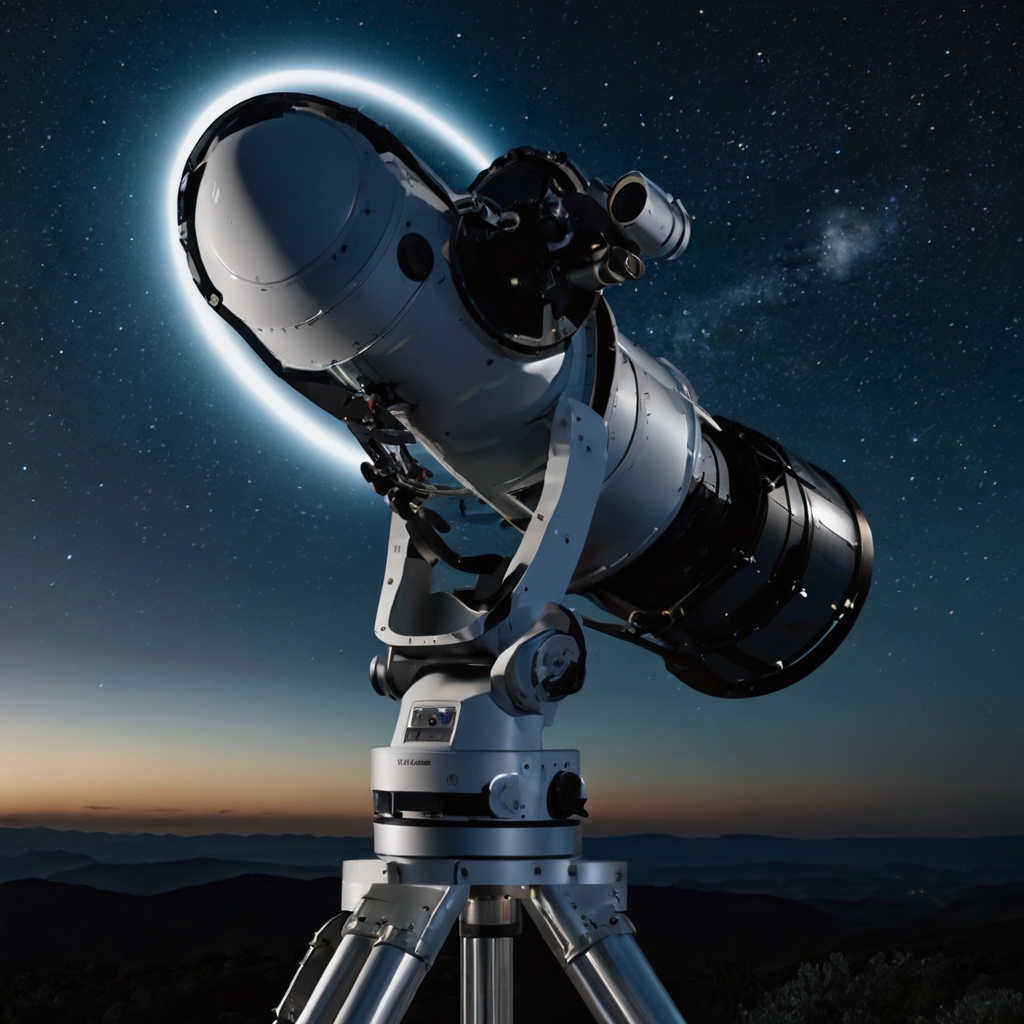
As technology continues to evolve, AI could revolutionize not only moon sightings but also other religious astronomical events, bringing clarity, unity, and consistency to millions of Muslims worldwide.
Copyright: Dhaka.ai



